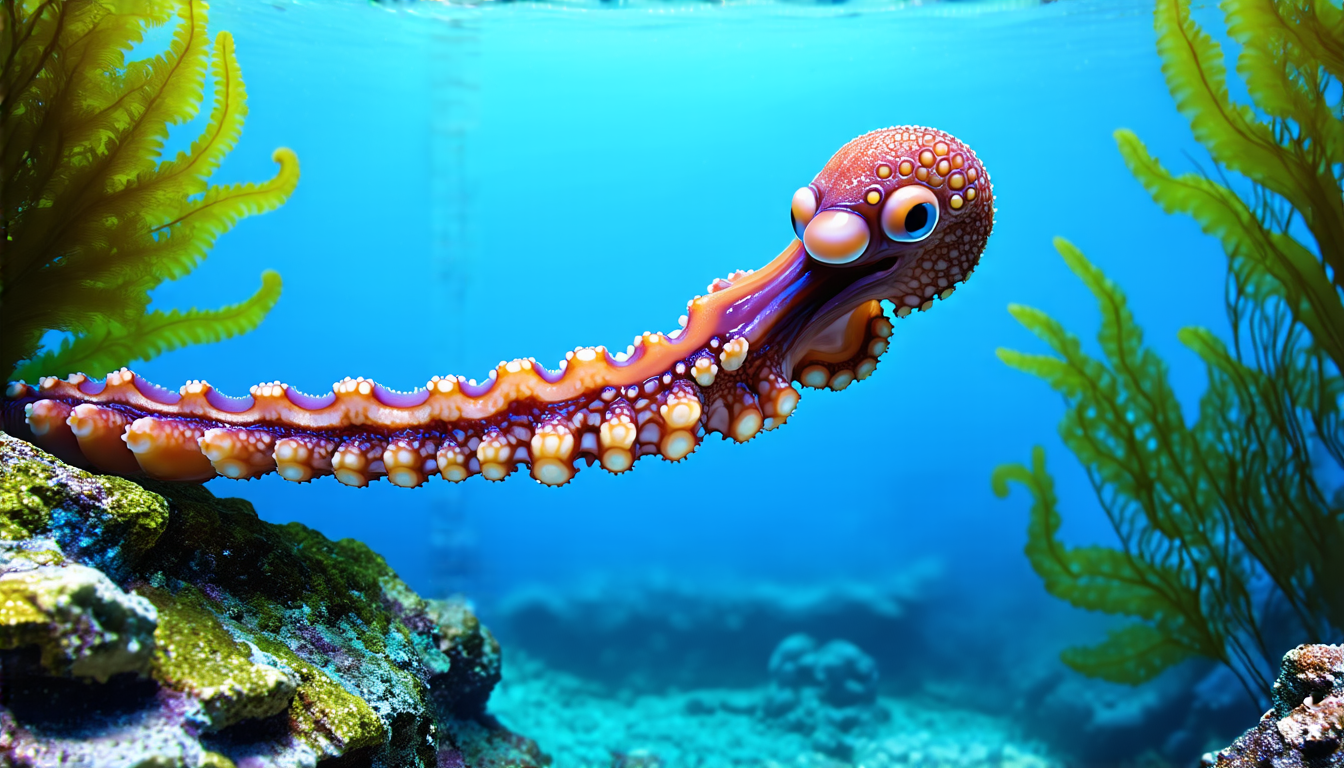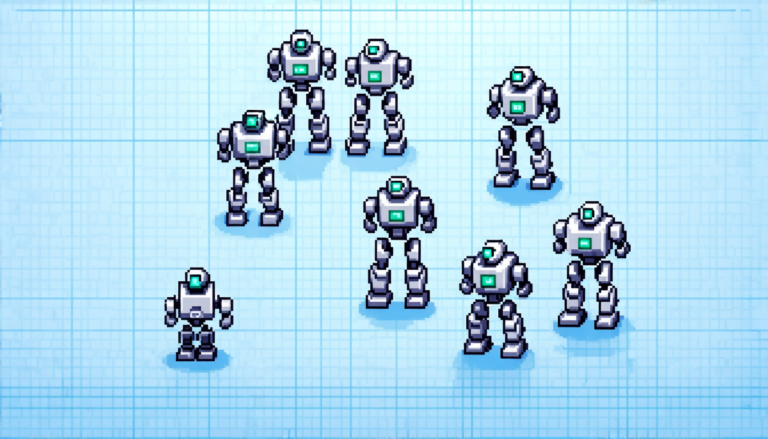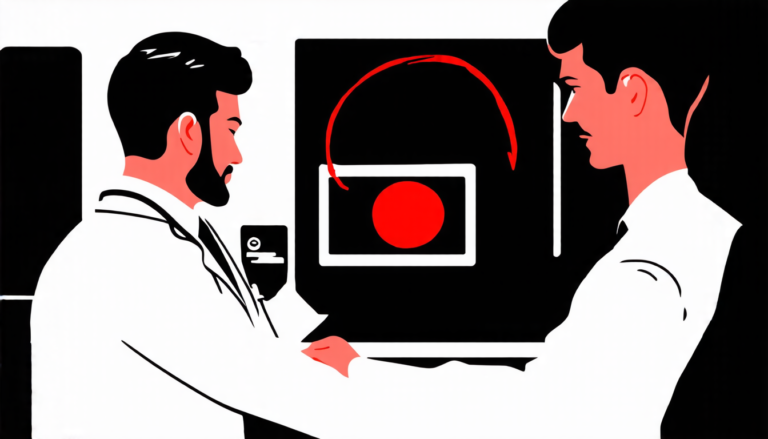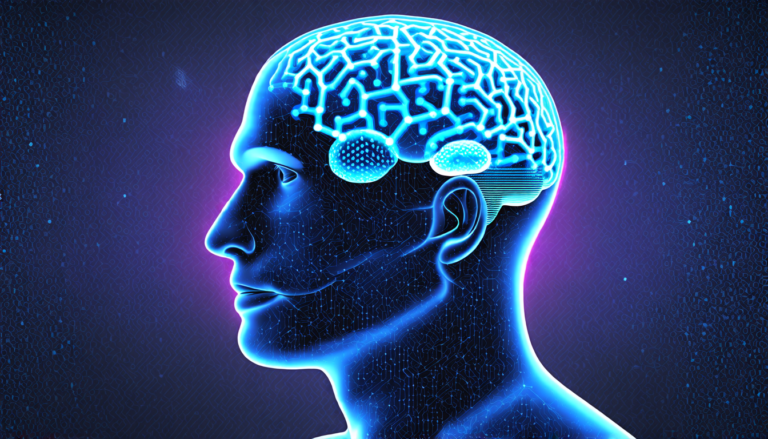Sunday 02 February 2025
Soft robots, designed to mimic the flexibility and adaptability of living creatures, have been gaining traction in recent years. These machines are built to navigate complex environments and perform tasks that require precision and dexterity. One area where soft robots have shown significant promise is in their ability to mimic the movements of animals.
Researchers have been studying the movement patterns of octopuses, with their eight agile arms, to develop more effective control algorithms for soft robotic systems. The octopus’s unique ability to bend its arms to grasp and manipulate objects has inspired a new approach to robotics. By understanding how the octopus’s arm muscles work together to achieve specific movements, scientists can create more realistic simulations of these actions.
The key challenge in developing soft robots is accounting for the complex interactions between the robot’s structure, movement, and environment. Traditional robotic systems rely on rigid bodies and precise calculations to navigate their surroundings. Soft robots, on the other hand, require a deeper understanding of the underlying physics and mechanics involved in their movements.
To address this issue, researchers have developed advanced mathematical models that can accurately simulate the behavior of soft robots. These models take into account the robot’s flexibility, the interactions between its components, and the external forces acting upon it. By using these simulations, scientists can design more effective control systems for soft robots, allowing them to perform complex tasks with greater precision.
One major advantage of soft robots is their ability to adapt to changing environments. Unlike traditional robotic systems, which rely on precise programming and predefined movements, soft robots can adjust their behavior in real-time to respond to new situations. This adaptability makes them ideal for applications such as search and rescue operations or environmental monitoring.
The development of soft robots has also led to a better understanding of the biomechanics of animal movement patterns. By studying how octopuses move their arms, scientists have gained insights into the neural control systems that govern these actions. This knowledge can be applied to the design of more effective robotic systems, which could eventually be used in a variety of real-world applications.
In addition, the research on soft robots has led to the development of new materials and technologies. For example, researchers have created advanced materials that can mimic the flexibility and strength of biological tissues. These materials are being used to develop more realistic simulations of animal movements and to create soft robotic systems with greater precision and control.
The potential applications of soft robots are vast and varied.
Cite this article: “Soft Robots: Adaptable Machines Inspired by Natures Flexibility”, The Science Archive, 2025.
Soft Robots, Octopus, Robotics, Control Algorithms, Simulations, Physics, Mechanics, Mathematics, Biomimicry, Adaptive Systems, Materials Science.







